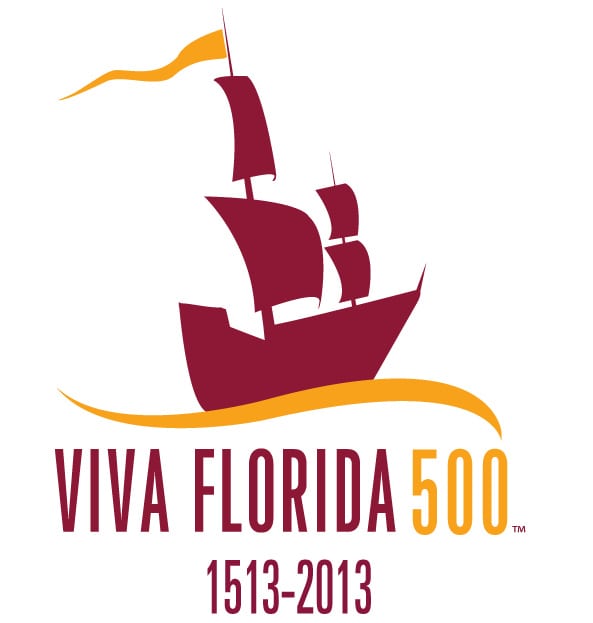Skift Take
Florida has a very good 2012, and 2013 with its year long celebration will hopefully help visitors linger a bit longer.
Florida officials are rolling out a vast history lesson to commemorate the first wave of Europeans to hit the state’s beaches half a millennium ago.
 The officials on Monday unveiled a series of events starting this week as part of a statewide campaign called Viva Florida 500, a yearlong commemoration to mark the 500th anniversary of Juan Ponce de Leon’s landing on the state’s east coast. The Spanish explorer became the first recorded European to arrive on Florida’s shores on or around April 2, 1513. He is responsible for giving Florida its name, calling it “La Florida” in part because of the land’s lush plant life.
The officials on Monday unveiled a series of events starting this week as part of a statewide campaign called Viva Florida 500, a yearlong commemoration to mark the 500th anniversary of Juan Ponce de Leon’s landing on the state’s east coast. The Spanish explorer became the first recorded European to arrive on Florida’s shores on or around April 2, 1513. He is responsible for giving Florida its name, calling it “La Florida” in part because of the land’s lush plant life.
A replica of a 16th-century Spanish galleon will make port calls up a strip of the Florida coast in coming weeks, and a three-day exhibit this week will feature rarely seen historical documents.
Florida Secretary of State Ken Detzner called the commemoration “a teachable moment,” especially for young people.
“I want young people to remember that they’re just not here for the sunshine,” he said at a state Capitol news conference. “They’re here to learn and remember who we were as a people, how we became to be Florida.”
The commemoration also carries potential economic benefit. State officials hope the events will encourage visitors to linger longer in a state known as a vacation haven.
“The Viva Florida 500 commemoration is providing the Florida tourism industry with an historic opportunity to expand travelers’ perceptions of the state,” said Will Seccombe, president and CEO of Visit Florida.
A 170-foot replica of a 16th-century Spanish galleon is sailing from Puerto Rico to Florida for the Viva Florida 500 commemoration. The ship is scheduled to make port calls in Miami, Fort Lauderdale, Cape Canaveral and St. Augustine from April 15 to June 3.
Meanwhile, some rarely seen historical documents will go on public display later this week at the Museum of Florida History in Tallahassee. The documents, on display from Thursday to Saturday, include Florida’s original 1838 constitution and a 1586 map of Sir Francis Drake’s West Indian voyage.
The Florida Bureau of Archaeological Research will offer behind-the-scenes tours of its conservation lab, which is responsible for preserving archaeological objects excavated from state’s land and waters. The lab tours, available Thursday through Saturday, will showcase such artifacts as prehistoric canoes and shipwreck materials.
The commemoration also will feature a 30-minute television special in English and Spanish and a series of public service announcements that will be broadcast statewide in each of Florida’s key markets.
Detzner said he recently talked with the Seminole Tribal Council about its possible partnership in the yearlong commemoration. Native Americans lived in what became Florida for thousands of years before the arrival of Europeans.
“We respect that, we honor that, and we appreciate all of the contributions that they have made, both in the past, the present and to the future,” he said.
Asked how Native Americans might view the history, Detzner said, “We have to remember that part of this experience was conflict. We can’t ignore that. But we also have to remember that as part of this experience, we live to learn, we learned to live together, we’ve grown together. There’s no other state that can represent the kind of diversity that we have here in Florida of cultures and religions.”
![]()
The Daily Newsletter
Our daily coverage of the global travel industry. Written by editors and analysts from across Skift’s brands.
Have a confidential tip for Skift? Get in touch
Tags: florida, visit florida